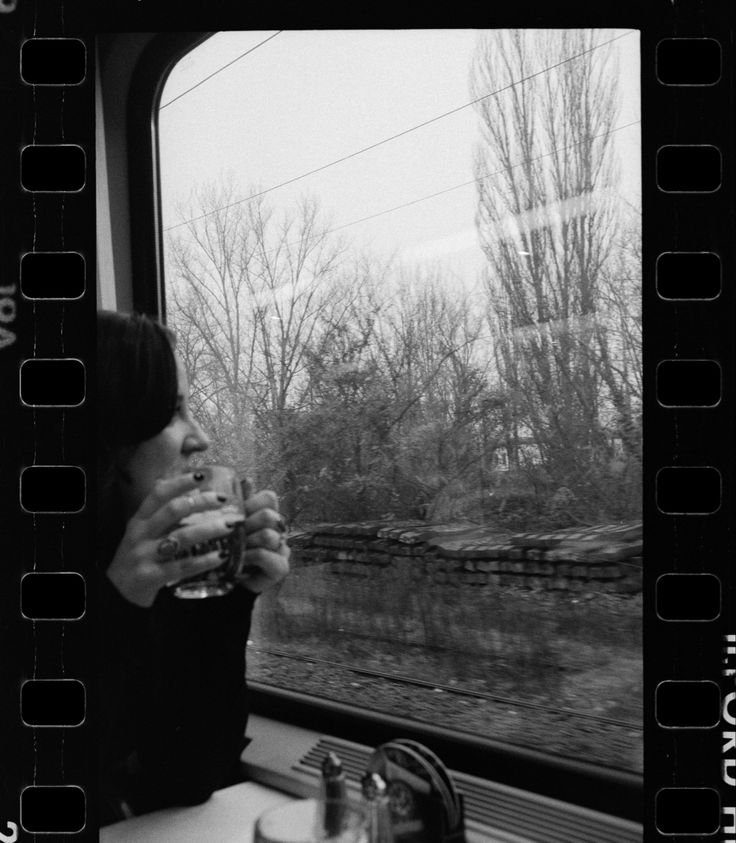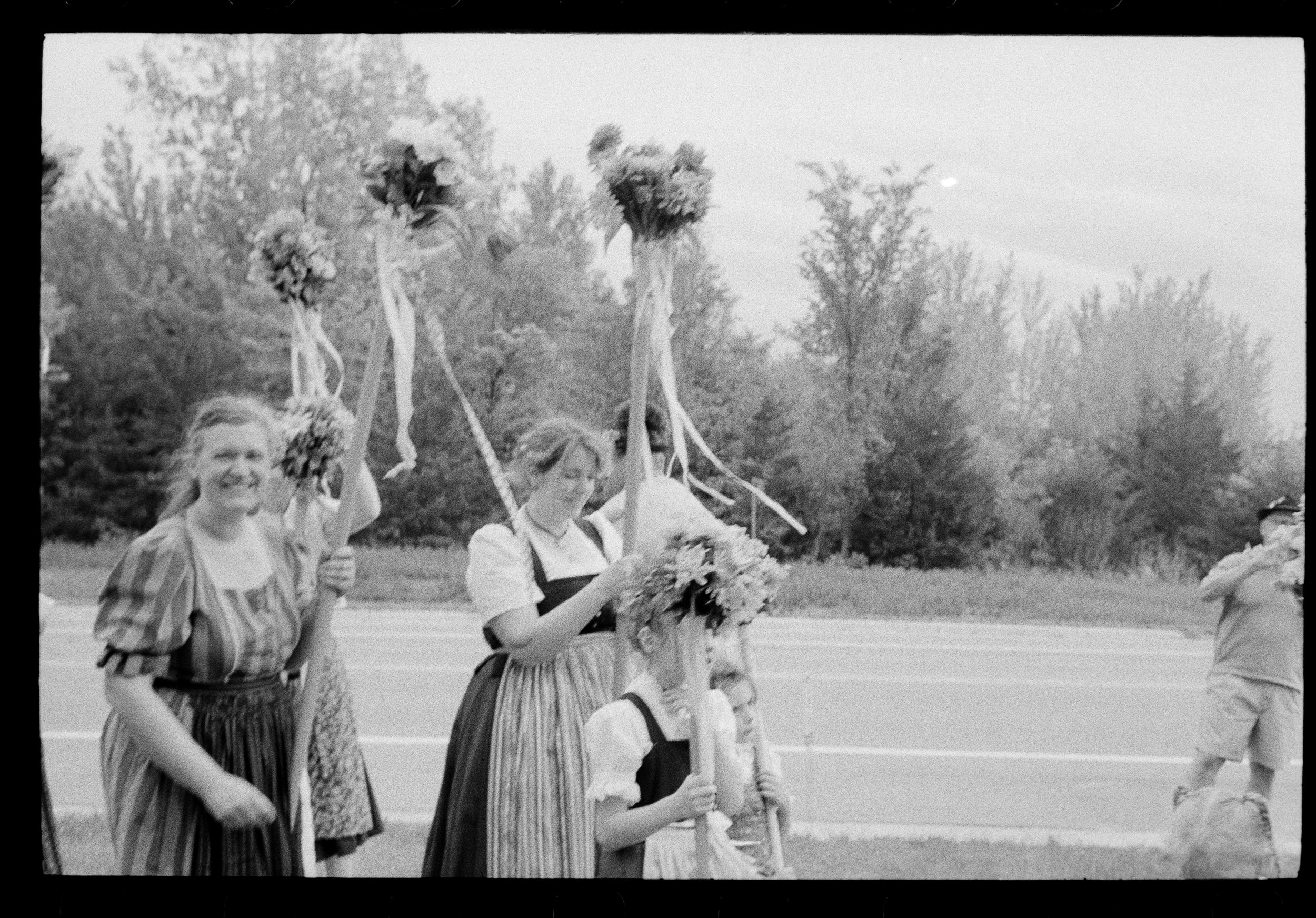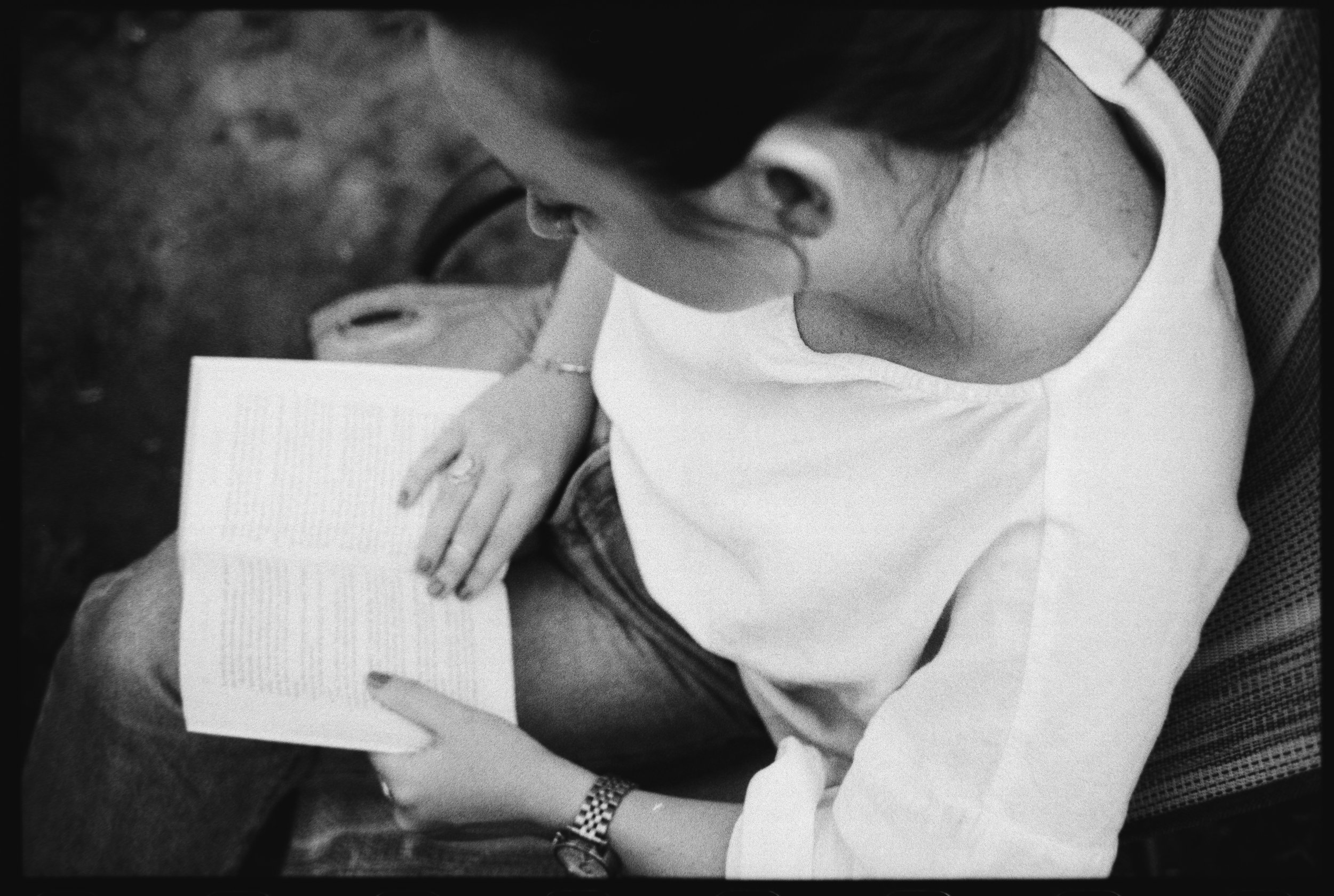WHAT BEERS do you have on tap?”
I’ve always been a firm believer in the overused cliche “There’s no such thing as a stupid question,” but at that moment, sitting at a bar in Munich with the question I’d just asked echoing in my head, I was considering amending it slightly to: “There’s no such thing as a stupid question, just a stupid American traveler not having the mind to be aware of his environment and the local customs enough to formulate a more appropriate question.”
I could tell by the look the bartender was giving me that the question I had just habitually regurgitated due to years spent ordering beers in the United States was not one he was accustomed to hearing.
In reality, I should probably cut myself some slack. Anyone who regularly meanders into a bar in the U.S. in search of a malty libation knows the drill. “What’ll you have?” the bartender asks, followed by, “Would you like to see a tap encyclopedia? We proudly pour beer from all over the country. Unfortunately, half of our taps are down at the moment so we’re currently limited to 60 beers from 54 different breweries. Our cellar takes up an entire city block.” When it comes to beer here, the more options the better.
I’d only been in Munich a few hours and had spent my time lazily meandering around the city in order to adhere to my third-most important rule for battling jet lag: “STAY AWAKE!” After tracking down my go-to European greasy-spoon meal — doner kebab, aka Turkey’s gift to the world: roasted lamb perfection that’s probably been mounted onto its open-air rotisserie for longer than I’ll allow myself to guess, and shaved to order — I was ready for a beer.
I ducked into Paulaner im Tal, a quiet bar just off the Marienplatz central square, in the hopes of avoiding the congealing mobs of tourists in town for Oktoberfest. I sat down at the polished brass bar in front of a basket of oversized pretzels and had begun contemplating the sacred decision of what my first beer in Deutschland would be as the bartender approached to take my order. And that’s when it happened.
“What beers do you have on tap?”
After giving me a look that I can only assume was a manifestation of trying to figure out if I was being serious or not, the bartender lazily pointed to one of the multiple Paulaner signs adorning the walls and stated, “Ve have Paulaner,” before turning his back to deliver a plate of weisswurst to a customer at the other end of the bar.
“First time in Germany?”
I turned to see an expat sitting a few stools down from me, smiling. A “Retired United States Air Force” cap covered his white hair and he gave me a knowing expression. Sensing my embarrassment of my accidental display of amateur tourism, he began to explain the patron relationship common between German bars and breweries.
Most German bars are loyal to a single brewery, located nearby, and serve only their beer. Often, the bars go so far as to incorporate the brewery’s name into their own. The tap options offered typically reflect whatever the brewery deems to be the region’s most popular styles. My new friend informed me that, because of this, ordering would be simple at just about any bar I visited during my journey through Bavaria. My options would typically consist of: hefeweizen (or weissbier), helles, Pils, dunkelweizen, doppelbock, and the ever elusive, rarely found in America kellerbier (or “cellar beer,” due to it’s being cask conditioned in cool, dark cellars).
“You’ll be hard-pressed to find Kölsh outside of Cologne or an altbier while not in Düsseldorf,” he said. “Beer drinking in Germany is surprisingly regional and even sometimes political.”
Disappointed, I ordered a kellerbier, thinking about how my entire time in Germany would consist of such limited options. All gloom disappeared, however, as soon as I took my first sip. I’d never tasted anything like it. Light and refreshing, yet a combustion of flavor, it was as if the beer were a sensory cheat code, unlocking taste buds in the center of my palate I’d never used before. My second beer, a Paulaner dunkelweizen, proved even more intriguing. I’d written off it’s lighter cousin, the hefeweizen, years ago, but the way the roasted malts balanced in perfect harmony with the banana and clove notes from the yeast made me realize I’d found a new favorite beer. If these were my options, I’d be happy to never return home.
After finishing my drinks, I made my way to the nearest U-bahn entrance, Munich’s subway system, and headed to the Oktoberfest festival where I was to meet up with local friends who had saved me a seat at one of their coveted table reservations.
As I walked through the heavily guarded entrance, I felt as though I had stepped back in time to 1810. Surrounded by horse-drawn carts carrying wooden kegs, I quickly realized that, of the seven million people that would be walking through those gates over the next month, I was in the vast minority of men not wearing lederhosen.
I made my way through the double-wide streets lined with German-themed carnival attractions separated intermittently by 14 massive brewery “tents” looking for the one containing my friends. As I entered the football field-sized building labeled Hacker-Pschorr, I instantly understood why I had been sent a map of the inside of this temporary superstructure in order to find our table.
Saving myself from ascertainable embarrassment a second time, I discreetly asked my friend as soon as I arrived what beers they served in the tent. Instead of answering me, he made eye contact with a server in a blue dirndl and gestured with his index finger, shouting, “Ein mass, bitte!” (Literally “a measure” in English, but basically meaning, “One more, please!”) With that, she disappeared into the sea of guests standing atop their tables singing John Denver tunes at the top of their lungs.
Of course! It suddenly became obvious that, just like the bars in Germany, each tent at Oktoberfest represented a different brewery, and that the only option being served during the festival was that brewery’s märzen-style Oktoberfest.
Within moments, the waitress emerged from the mass of people carrying eight liters of copper-red lager. She set them down on a nearby bench and handed one to me. As I took a massive quaff that seemed to not even make a dent in my third-of-a-gallon glass stein, I looked around to see 8,000 other guests all holding the same amber hue.
It seemed my already limited options had now been distilled down even further, and, to my surprise, I couldn’t have been more content. What I’d been given in return was a liquid passport — my ticket to being accepted into not just a festival, but a culture I might have missed out on by worrying about holding tightly to my own personal preferences.
The realization made me consider how often the last few sips of a beer back home were spent thinking about what I wanted to order next instead of enjoying the moment I was in, with the beer I was drinking. Happy to not have that problem now, I enjoyed my märzen to the very last drop. I already knew what I’d be ordering next.
“Ein mass, bitte!”























































































































